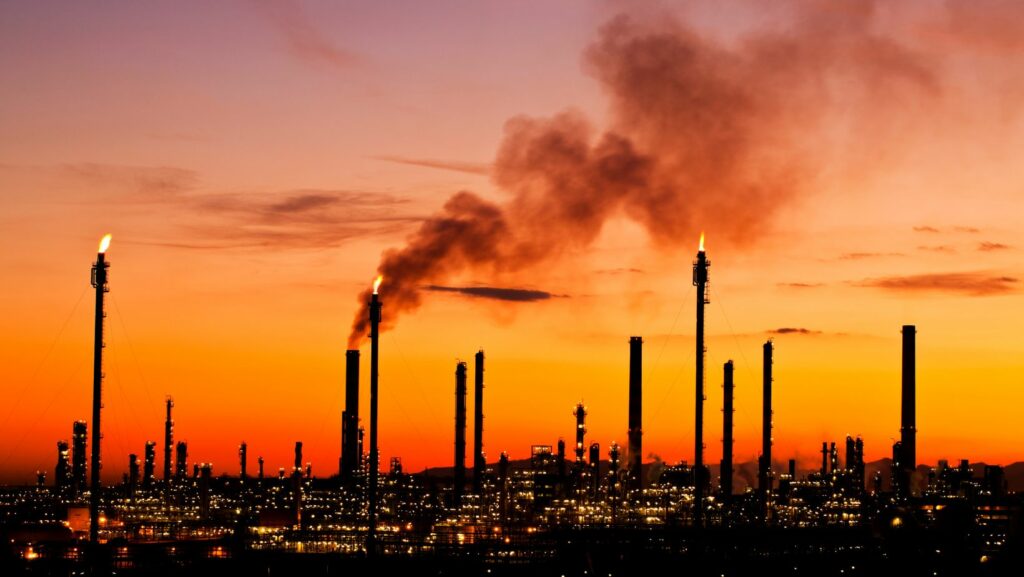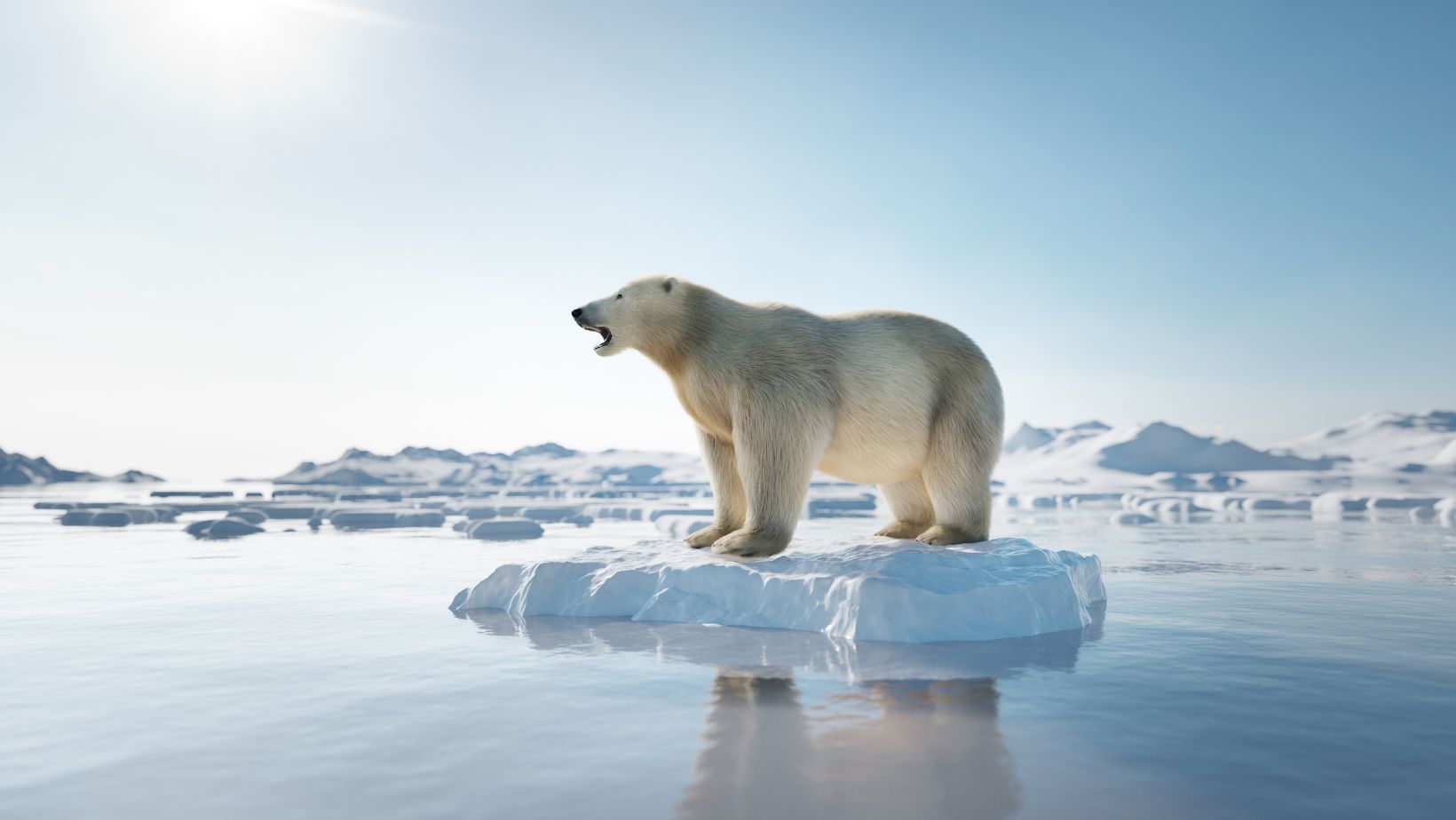The Evidence For Global Warming
A large number of scientific papers have been published on the subject of global warming, with more than 90% of them agreeing that human activities are the main cause. However, a small minority of papers disagree with this consensus. In this article, we’ll take a look at the evidence for and against global warming.
The Greenhouse Effect
The greenhouse effect is the process by which radiation from a planet’s atmosphere warms the planet’s surface to a temperature above what it would be without its atmosphere.

Earth’s natural greenhouse effect is caused by water vapor, carbon dioxide, methane, nitrous oxide, and other gases in the atmosphere that trap energy from the sun. This trapped energy makes Earth’s average surface temperature about 59°F warmer than it would be without an atmosphere.
The Rise In Global Temperatures
There is strong evidence that the Earth’s average global temperature is rising. This is largely due to human activity, such as burning fossil fuels, which releases greenhouse gases into the atmosphere. These gases trap heat and cause the Earth’s temperature to rise.
There are a number of ways to measure global temperature change. One is to look at the average temperature of the Earth’s surface over time. Another is to look at satellite data, which gives us a measure of the Earth’s “greenhouse effect” – the extra amount of energy being trapped by greenhouse gases in the atmosphere.
Both types of data show that the Earth has been gradually getting warmer since the industrial revolution in the late 1800s. The rate of warming has been particularly evident since 1970, with eight of the 10 warmest years on record occurring since then. 2013 was tied with 2003 as the fourth warmest year on record.
There is also evidence that other changes are occurring around the world that are consistent with a warming climate. For example, sea ice in both the Arctic and Antarctic is declining, glaciers are melting, and sea level is rising.
The Melting Of Polar Ice Caps
The melting of the polar ice caps is one of the most well-known and visible effects of global warming. The ice caps are massive sheets of frozen freshwater that cover the northern and southernmost parts of the globe. They are important because they reflect a lot of sunlight back into space, helping to keep the planet cool.
As the Earth’s temperature rises, the ice caps melt. This melts the freshwater and releases it into the oceans, where it raises the sea level. The ice caps also provide habitat for polar animals like bears, seals and penguins. As they disappear, these animals are forced to find new homes.
The melting of polar ice caps is one of the most well-known and visible effects of global warming. The ice caps are massive sheets of frozen freshwater that cover the northern and southernmost parts of the globe. They are important because they reflect a lot of sunlight back into space, helping to keep the planet cool.
As the Earth’s temperature rises, the ice caps melt. This melts the freshwater and releases it into the oceans, where it raises the sea level. Theice caps also provide habitat for polar animals like bears, seals and penguins. As they disappear, these animals are forced to find new homes.
The Scientific Consensus On Global Warming
A large and growing body of scientific evidence shows that the Earth is undergoing a rapid and large warming trend. The vast majority of climate scientists agree that human activity is the main driver of this trend.
The Intergovernmental Panel on Climate Change
The Intergovernmental Panel on Climate Change (IPCC) is a scientific body established by the United Nations Environment Programme (UNEP) and the World Meteorological Organization (WMO) in 1988. The IPCC’s objective is to provide the world with a scientific assessment of the risk of human-induced climate change, and its potential impacts.
The IPCC is currently composed of 195 member countries. These countries each appoint a number of representatives to the IPCC, ensuring that a diversity of scientific views are represented. The IPCC produces regular reports outlining the latest scientific evidence on climate change, its potential impacts, and options for mitigation and adaptation.

The most recent report by the IPCC was released in October 2018. This report found that there is “unambiguous” evidence that human activities are causing global warming, and that this warming is leading to major changes in our climate system. The report warned that if we do not take action to reduce emissions, we are likely to see increasingly severe impacts, including rising sea levels, more extreme weather events, and reductions in crop yields.
The IPCC’s reports are widely regarded as the most authoritative source of information on climate change. They provide an essential basis for decision-making by governments, businesses, and individuals.
The National Academy of Sciences
The National Academy of Sciences (NAS) is a professional body of scientists whose primary mission is to provide objective, evidence-based advice to the nation on issues related to science and technology. The NAS is part of the US government, but operates independently from it.
The NAS publishes a number of reports on climate change, most recently in 2010. This report found that:
“There is a strong, credible body of evidence, based on multiple lines of research, that humans are causing global warming.”
This is the same conclusion that has been reached by every major scientific body in the world that has looked at the evidence.
The American Association for the Advancement of Science
The American Association for the Advancement of Science (AAAS) is the world’s largest general scientific society, and publisher of the journal, Science. As an international non-profit organization, AAAS’s mission is “to advance science and engineering as a means of improving human welfare.”
In 2006, AAAS released its first “What We Know” report, which sought to provide a summary of the science on climate change, and dispel some of the myths that had been circulating about the issue. The report was updated in 2014, and found that the evidence for global warming was “clear and compelling.”
According to the AAAS, there is a consensus among scientists that human activity is the primary cause of climate change. The organization notes that this consensus is based on multiple lines of evidence, including:
-The increasing concentration of greenhouse gases in the atmosphere
-The observed warming of the Earth’s surface
-The observed changes in climate around the world
-The consistent predictions made by computer models of how Earth’s climate will respond to increasing levels of greenhouse gases
The AAAS provides additional resources on its website for those who want to learn more about the science behind global warming.
What Percentage of Scientists Don’t believe in Global Warming
The scientific evidence for global warming is overwhelming. More than 97% of climate scientists agree that human activity is the main cause of global warming. However, there is a small percentage of scientists who don’t believe in global warming. In this article, we’ll take a look at the percentage of scientists who don’t believe in global warming.
The “97% Consensus”
A “consensus” among climate scientists that human-caused global warming is occurring doesn’t mean that all, or even nearly all, climate scientists agree with that statement.
In fact, a large and growing number of climate scientists are now publicly doubting or outright rejecting the so-called “consensus” on man-made global warming. They include many hundreds of highly credentialed Ph.D.s in fields such as atmospheric science, climatology, meteorology, oceanography and geophysics.
Not only do these distinguished experts dispute the supposed 97% “consensus,” they also argue that there has been no warming whatsoever over the past two decades — a period during which human emissions of greenhouse gases have risen sharply.
The “Contrarian Scientists”
Even though the vast majority of scientists believe that human-caused global warming is happening, there is a small group of “contrarian scientists” who do not. Some of these scientists work for oil companies, some for coal companies, and some for other industries that would be adversely affected by regulations to reduce greenhouse gas emissions. A few contrarian scientists receive funding from these industries, but most do not.
The contrarian scientists often argue that the evidence for human-caused global warming is not as strong as the consensus says it is. They also argue that the potential impacts of global warming have been exaggerated. The contrarian scientists are often quoted in the news media, and their arguments can be confusing to people who are not familiar with the scientific evidence.
It’s important to remember that the consensus of scientific opinion is based on a careful evaluation of all the evidence, including evidence that contrarian scientists cite. When the experts look at all the evidence, they overwhelmingly conclude that human-caused global warming is happening and it is a serious problem.
The “Skeptic Scientists”
A 2017 study found that only 2% of over 11,000 peer-reviewed climate papers rejected the consensus that humans are causing global warming. A tiny group of “skeptic scientists”, often quoted by the media, continue to insist that the evidence for human-caused global warming is not strong enough.
Some of these “skeptic scientists” have financial ties to the fossil fuel industry, and many have been shown to have made false or misleading claims about climate change. A small number of these “skeptic scientists” hold valid scientific objections to certain aspects of the consensus view on global warming. However, their objections do not change the overall conclusion that human activities are changing the climate in ways that are unprecedented in recent history.


